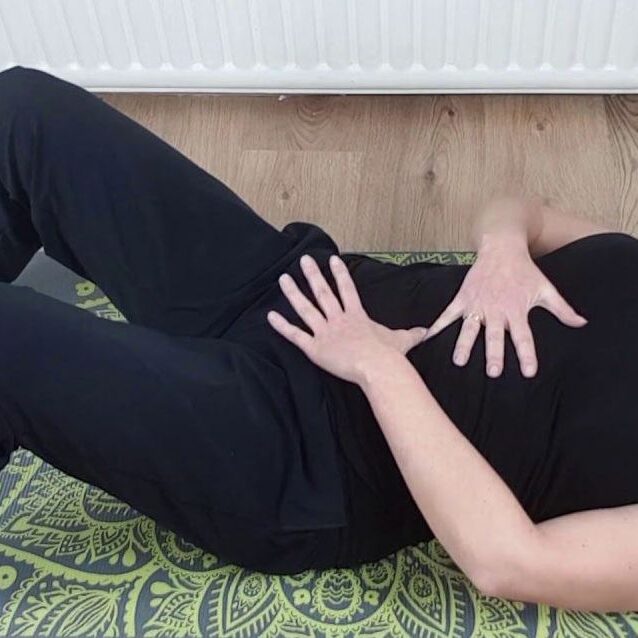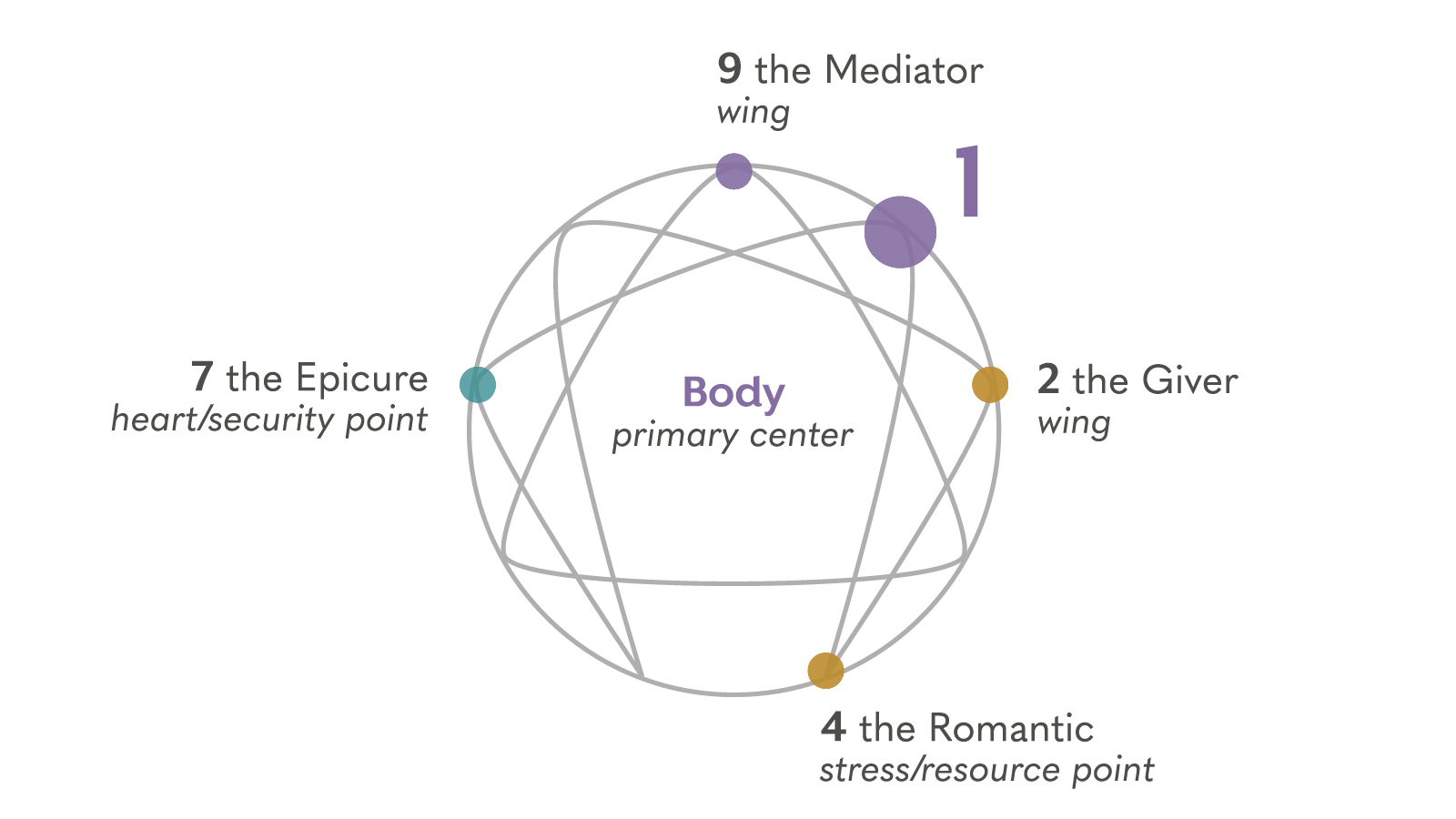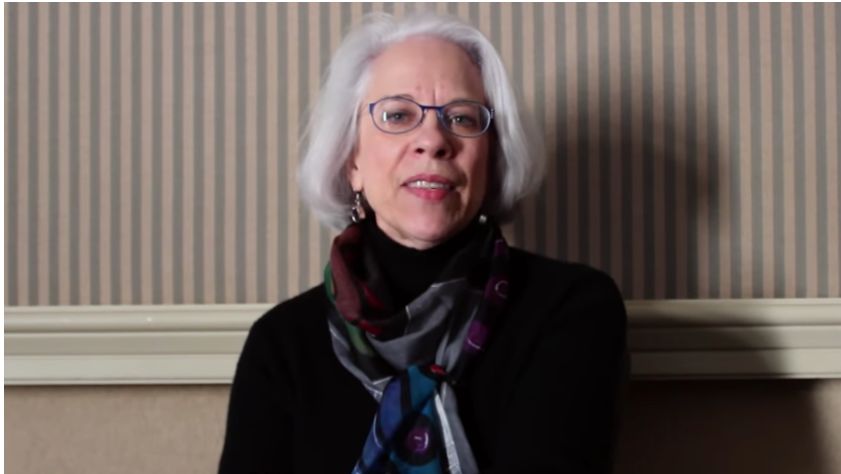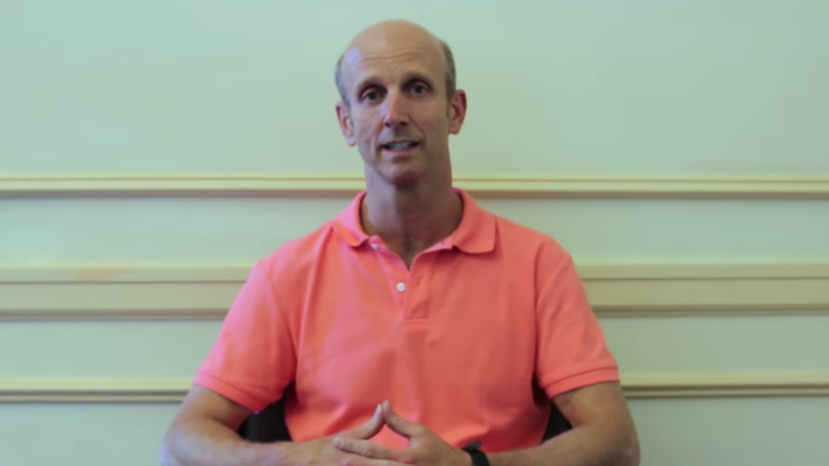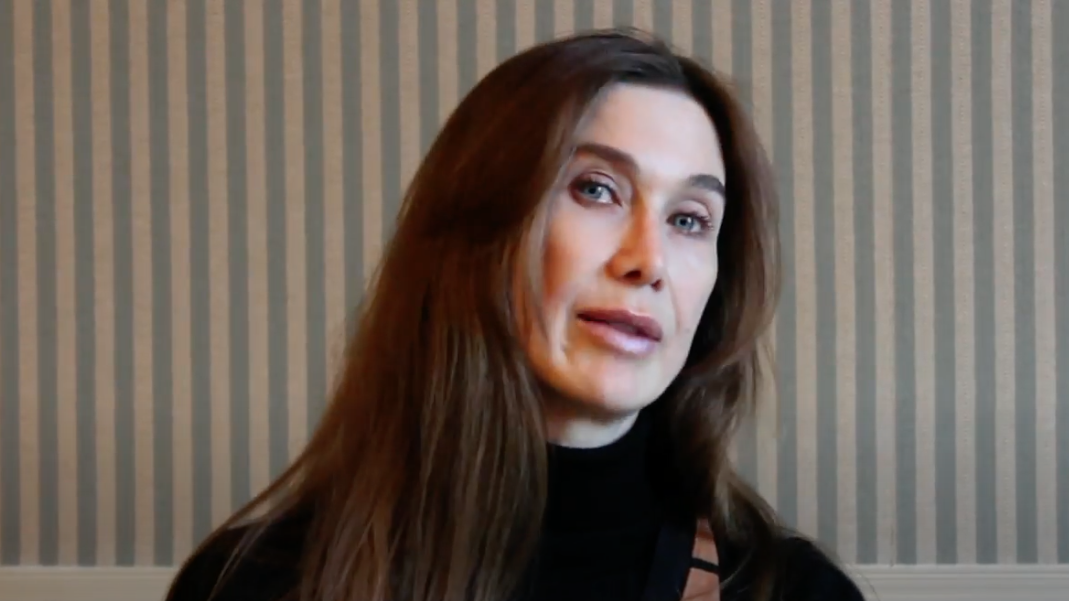
Enneagram Type 1
The Perfectionist
Perfectionists believe they must be good and right to be worthy. Consequently, Perfectionists are conscientious, responsible, improvement-oriented and self-controlled, but also can be critical, resentful and self-judging.
Type 1 on the Diagram
- Primary Center: Body
- Wings: 2 and 9
- Security point: 7
- Resource point: 4
Focus of Attention
What is right, wrong, correct or incorrect.
Life Lesson
To change what can be changed, to accept what cannot be changed, and to develop the wisdom to know the difference.
Speaking Style
Ones are precise, clear, direct, honest and detail-oriented. Others may perceive Ones as judgmental, critical, sermonizing or closed-minded.
Psychology
Perfectionists have a strong inner critic and tend to see the world as black and white. They often suppress their personal needs and desires, which can lead to anger or guilt over impulses or behaviors that they judge as wrong. Ones also are idealistic and exert great effort to improve the world around them. They may join social and political causes, or take on the role of social reformer.
Basic Proposition
You must be good and right to be worthy.
Strengths
Honest, responsible, conscientious, hard-working, dependable, practical, self-reliant
Challenges
Resentful, rigid, judgmental, non-adaptable, overly critical
Defense Mechanism
Reaction formation – feeling one thing and expressing the opposite.
Ones use reaction formation to avoid direct anger and to control their emotions and instincts. This helps them maintain a self-image of being right. The relentless demand of the inner critic to be “good” often replaces personal needs and shuts down feelings.
Awareness practice
Observe your habit of mind or focus of attention with as little judgment as possible. Ask yourself the following questions, while noticing your feelings and how your body responds:
- How do I judge myself? Berate myself? Compare myself with others?
- How do I treat situations as good or bad, right or wrong?
- How does my inner critic make me feel?
- What is “right” in this moment?
Relating to Ones
- Take their concerns seriously.
- Respect their integrity.
- Be responsible and honor your agreements
- Admit your mistakes
- Recognize that Ones are especially sensitive to criticism.

Get our Free Enneagram Guide
Learn MoreSpirituality
Type One’s journey is to embrace the inherent perfection in the world and in ourselves. Serenity comes as we transform our relationship to anger, and accept mistakes as a natural part of learning and growth. We can relax as our focus shifts from the need to correct to acceptance of errors, differences, natural desires and the shadow.
Path of Integration
Mental: Resentment > Perfection
Emotional: Anger > Serenity
The aspect of awareness called the Inner Observer allows us to witness the internal patterns that drive outer behavior. The practice consists of focusing inwardly and becoming aware of the thoughts, sensations and other objects of attention that arise within us. As we become more fully present, our type patterns begin to relax and we become more receptive.
For Ones, take a moment to reflect on the following principles:
- There is nothing to correct or improve; everything is perfect as it is.
- Differences are a natural part of life.
- We are all inherently worthy.
- Self-forgiveness and compassion bring inner peace.
- Serenity comes from being at ease with imperfection, letting go of judgments and accepting things the way they are.

The Enneagram and Spirituality
LEARN MORESomatics
As body-based types, Ones often have abundant physical energy, but they exercise intense self-control over their feelings and impulses. This can lead to physical rigidity and tension, particularly in the jaw, neck, shoulders, diaphragm and pelvic floor. Ones have a good sense of “knowing” in their belly centers, but may not be consciously aware of this resource. Because they often hold tension in the diaphragm, their breathing may be impeded.
If you are a One…
Your task is to practice physical relaxation, allowing yourself to feel pleasure while breathing. This may bring up anxiety, “unacceptable” feelings or impulses. The key is to relax and inhale slowly and steadily, gently stretching the diaphragm and rib cage. Then let go as you exhale, without pushing or holding back. If you experience anxiety, try to spread the energy and sensation around the body. Or switch to slow breathing in the belly.
